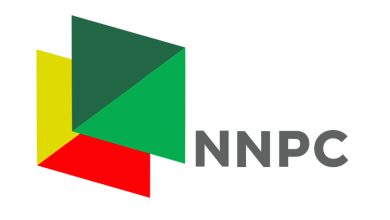Nigeria’s oil revenue surges as global prices rise

Nigeria’s oil revenue surges as global prices rise
Nigeria’s oil revenue is increasing due to a surge in global crude oil prices.
The country’s crude oil blend, Bonny Light, recently traded at $78.62 per barrel, exceeding the Federal Government’s benchmark of $75 per barrel in the 2025 national budget.
While Bonny Light traded at exactly $78.62 per barrel, other crude blends such as Saharan, Girassol and Arab Light traded at $67.18, $79.56, and $65.72 per barrel, respectively.
The Federal Government had benchmarked $75 per barrel on more than two million bpd, including condensate, in the 2025 budget.
Oil prices climbed by a few cents on Tuesday as the market anticipated the U.S.-China trade talks in London later in the day.
Brent crude futures gained 29 cents to $ 65.31 a barrel by 1:31 PM WAT. Bonny Light often trades at a premium to Brent crude.
Major oil benchmarks continue to hover above the $60 range after a significant selloff in early April, over OPEC+’s announcement to increase the unwinding of voluntary production cuts totalling 2.2 million barrels per day, and renewed concerns over President Trump’s trade war rhetoric impacting hydrocarbon markets.
Eight OPEC+ countries have agreed to steadily increase output through at least July, at a pace of 410,000 barrels per month.
Despite the price gain for Nigeria, it has not been able to meet its crude production benchmark of 2.06 million barrels per day, having only been able to record 1.6 million bpd (plus condensates) in March. Actual crude production has hovered between 1.5mb/d and 1.4mb/d since the fourth quarter of last year, according to OPEC’s data.
The latest rise in crude prices comes after Goldman Sachs slashed its oil price forecast for a third time in one month.
Analysts at Goldman said they now expect Brent crude prices to average $60 per barrel this year, down from a previous forecast of $63 per barrel, while the average price of the US benchmark, WTI crude, has been downgraded to $56 for 2025, down from $59 per barrel previously.
According to Goldman, Brent is likely to average $56 a barrel next year, down from $58, and WTI is expected to average $52, down from $55 per barrel in the mid-April forecast it released earlier.
Barclays also lowered its Brent oil price forecast by $4 per barrel to $66/bbl for 2025 and by $2 to $60/bbl for 2026, citing the decision by OPEC+ to accelerate oil production hikes.
Barclays now expects OPEC+ to phase out the additional voluntary adjustments by October 2025, but also expects slightly slower US oil output growth. Overall, this loosens their balance estimates by 290, 000 bpd for 2025 and 110 kbd for 2026, it said.
In the same vein, Morgan Stanley joined other major investment banks in slashing oil price forecasts amid expectations of a larger market surplus later this year.
Morgan Stanley cut its oil price forecasts for the remainder of the year, anticipating a bigger glut. The bank revised down its projection of Brent Crude prices to $62.50 per barrel in the third and fourth quarters of this year, down by $5 per barrel from the previous forecast.
The market glut could reach 1.1 million barrels per day (bpd) in the second half of the year, Morgan Stanley reckoned, an upward revision of 400,000 bpd from the previous surplus forecast.



